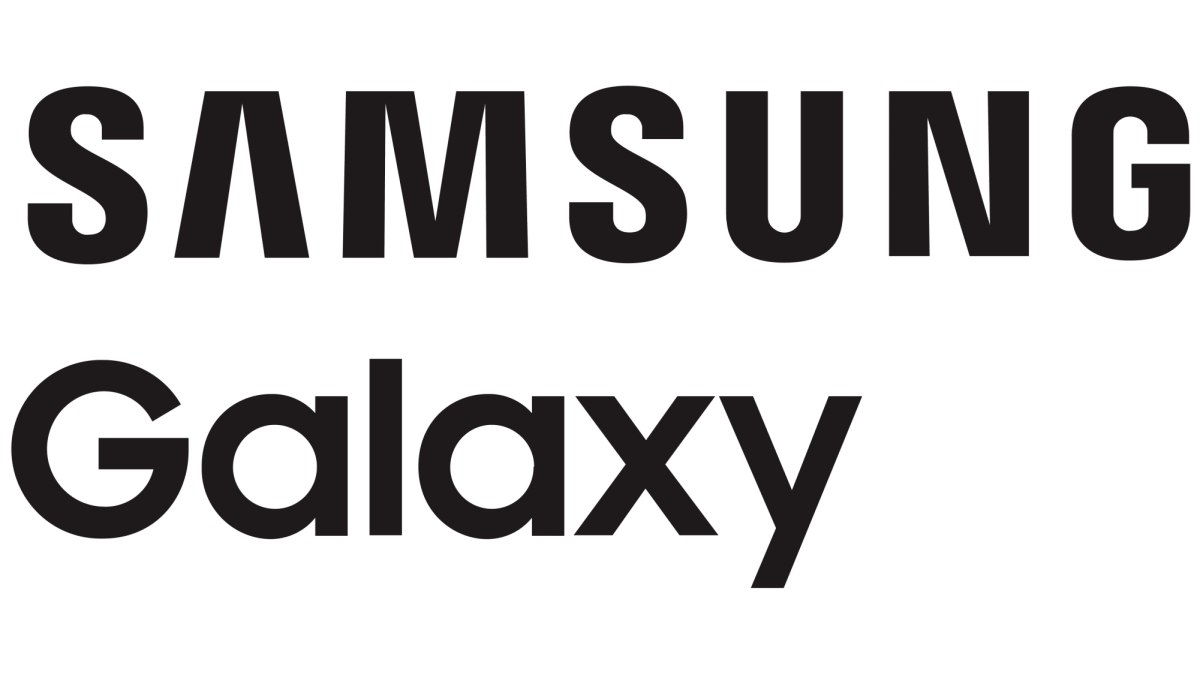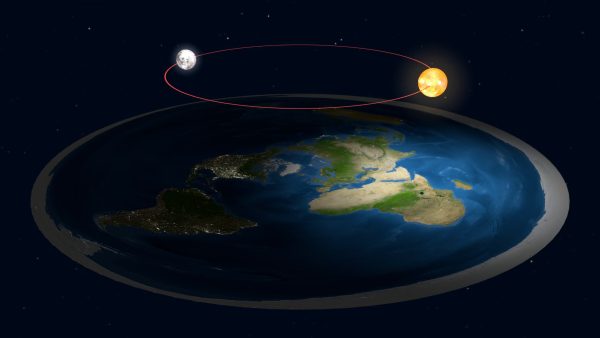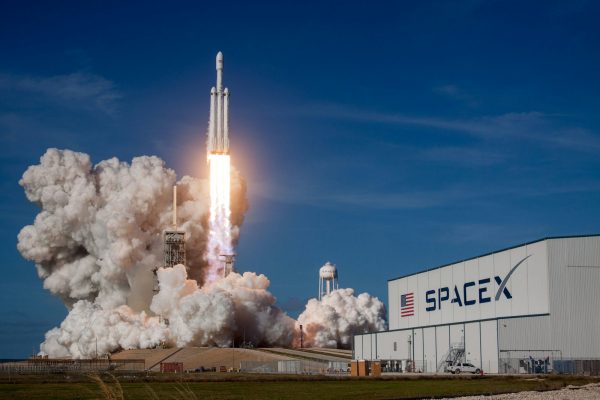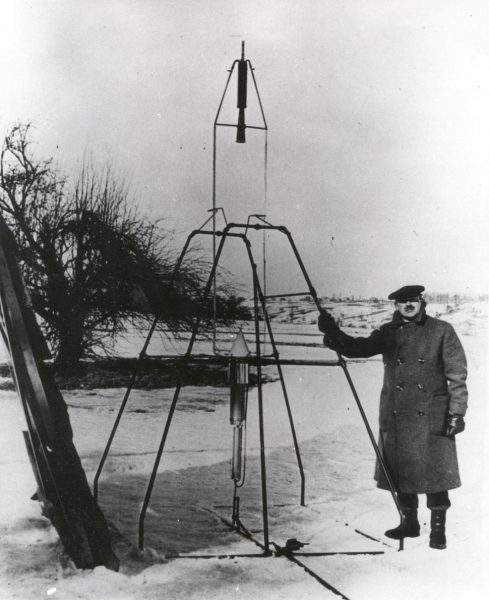Virtual 3D Engines Launch Boosting the Aerospace Industry
New Worklink Technology Efficiently Helps Space Companies Create Spacecrafts Faster
Back in the 90’s NASA would make virtual simulations that would be part of an astronauts training. The old systems would be big headsets hooked up to a computer that is displayed visuals, and sound for the astronaut. The body movements would be tracked and a somewhat accurate simulation would be complete. The problem was back in the day the computer wasn’t advanced enough to track the movements and turn it into a real life scenario. Astronauts could faint or vomit because of the lag which made them sick and want to get out. It was more like a cartoon simulation that costed from 30,000 to 40,000 dollars and required constant maintenance from NASA workers.
It was fine then, but today it’s much better because members of the ISS are provided with 500 dollar Oculus Rift VR headsets that are controlled by 2,000 dollar ZBook laptops. Now with virtual reality getting more and more progressed NASA has made real-time 3-D platforms to help them design new space projects. Not only this, but with this kind of technology safety procedures for everything can be performed training average workers for what’s to come.
One of these engines is Unity which creates games has been teamed up with NASA. A project called WorkLink is a mixed reality that was made by Unity and is used by Lockheed Martin technicians to maximize the efficiency for building the Orion spacecraft for NASA’s Artemis space project.
One example of when the Mixed Reality goggles helped was when they provided the engineers with digital instructions, and diagrams that helped them use their equipment. This made the workers finish shifts in 45 minutes!
Lockheed Martin was able to use this technology to finish applying materials in 2 weeks instead of 6 weeks. There was also minimal damage and the work pace increased by 85 percent! The technology really helped the engineers to finish spacecrafts much faster.
Related Articles
https://www.esi-group.com/products/ic-ido
https://www.mdpi.com/2076-3417/12/2/711
Take Action
























